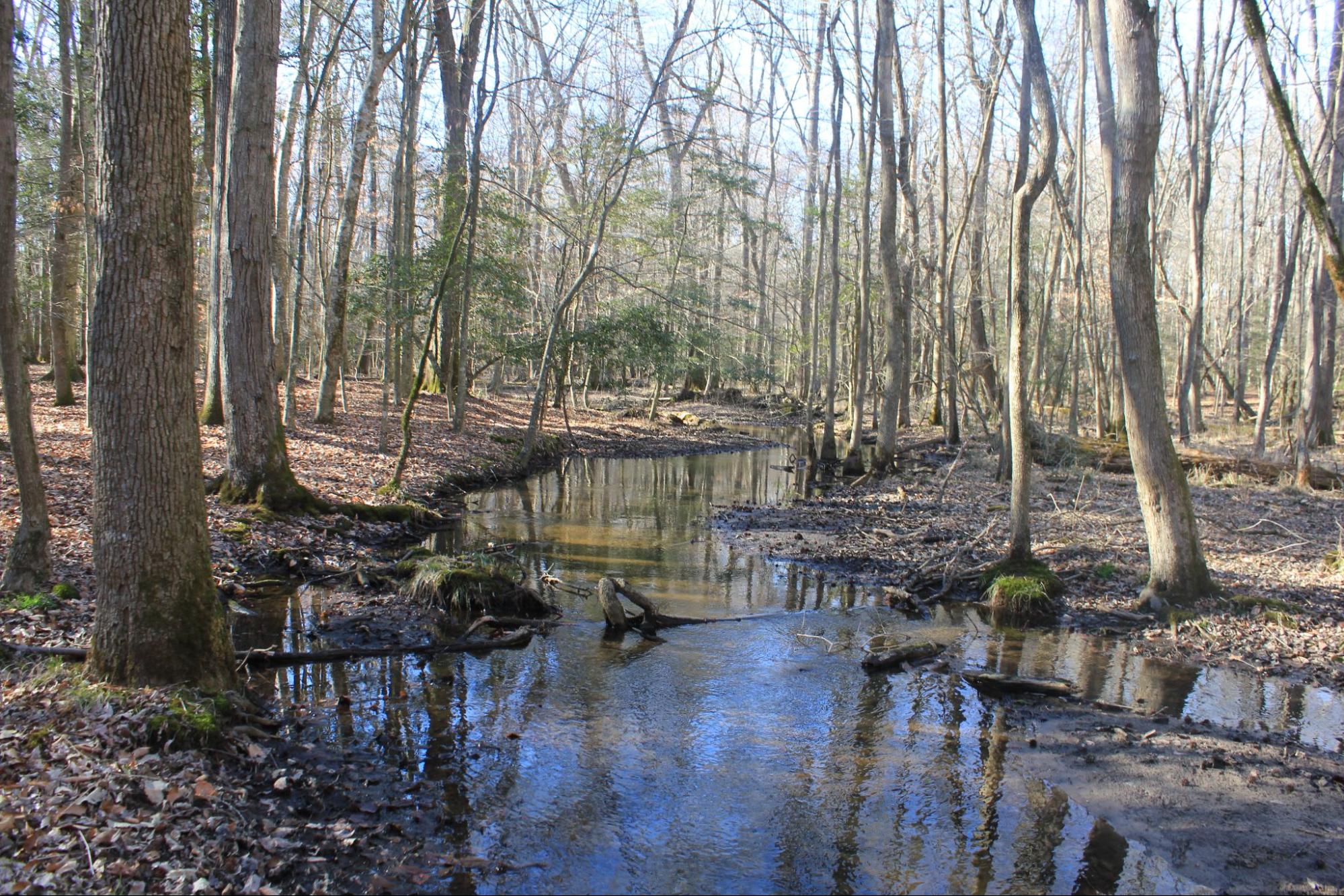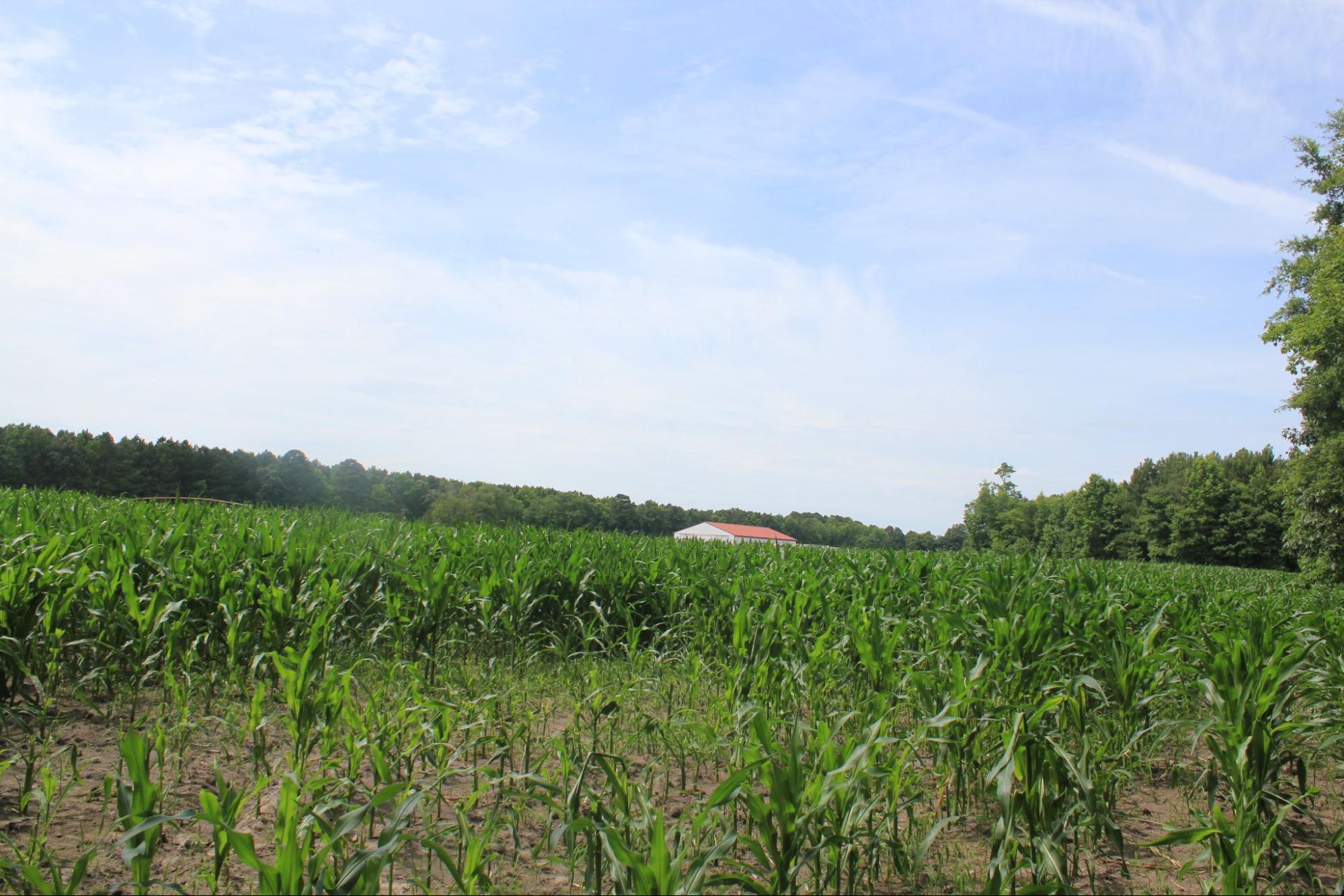The Lower Shore Land Trust recently placed easements on 2 properties on the eastern shore of Maryland.
In Somerset County, LSLT protected ~65 acres in the Dividing Creek Rural Legacy Area. The area has historically been used for both agriculture and forestry, featuring 20 acres of rowcrop and 40 loblolly-pine forested acres with well-buffered floodplain. The property is the last remaining plot of a family farm, being preserved by siblings to keep the land in the family. With the easement, it will preserve another piece of the rural fabric that is vital to the eastern shore.
In Wicomico County, LSLT protected ~90 acres in the Quantico Creek Rural Legacy Area. It features 25 acres of rowcrop, as well as a 50-acre managed forest, and 20 acres of palustrine forested wetland. The protection of this property adds to the thousands of acres already protected within the 36,000 acre Rural Legacy Area, contributing to the great work Wicomico County has done to preserve working lands and habitat countywide. While the properties may not be large or seemingly special, they are another piece of the puzzle to the effort to conserve 30% of our watershed.
Maryland’s Rural Legacy Program (RLP) funded both of the easements in these exemplary large-landscape conservation efforts. The RLP funds the protection of contiguous tracts of land by protecting multiple smaller closely grouped easements. Since the Program’s creation in 1997, the program has used over $464 million in Program Open Space and State Budget funds to protect over 120,000 acres with 886 easements.
The RLP covers the costs associated with putting an easement on a property, and also covers due diligence costs. This reduces the amount of financial strain on local land trusts compared to other programs and allows land trusts to protect land more quickly with fewer administrative hurdles. Getting the easement done first protects the land from further development, and gets resources to landowners faster, increasing incentives.
Advocating for programs like these in your state can allow land trusts to work more efficiently, and contribute to a large landscape mosaic that is essential on our path to conserving 30% of the watershed by 2030.


